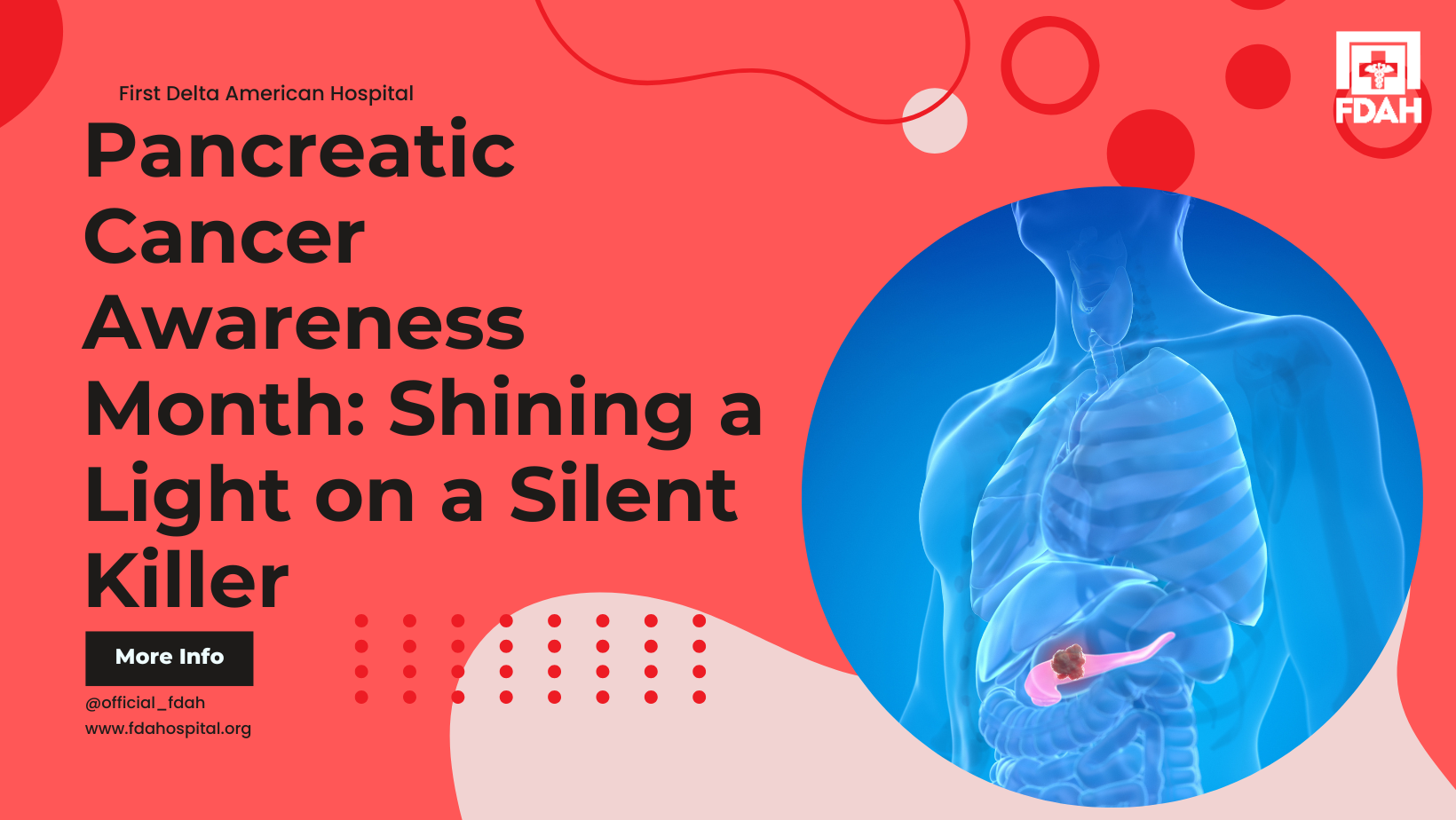Introduction
Imagine living a single moment without breath—the thought is almost inconceivable. The lungs, those remarkable organs nestled within your chest, play a vital role in keeping you alive, exchanging oxygen for carbon dioxide with every breath. They are the unsung heroes of your respiratory system, quietly performing this life-sustaining task day and night. But how much do you truly know about these crucial organs?
In this installment of the My Body series, we dive deep into the anatomy, functions, common illnesses, and tips to keep your lungs healthy. By the end, you’ll gain an appreciation for these remarkable organs and understand why caring for them is a lifetime commitment.
The Anatomy and Function of the Lungs
The lungs are two spongy, air-filled organs located in the thoracic cavity. They are protected by the ribcage and separated by the heart. The right lung has three lobes, while the left lung, slightly smaller to accommodate the heart, has two.
The primary function of the lungs is gas exchange—taking in oxygen and expelling carbon dioxide. Here’s how it works:
- Inhalation: Air enters the body through the nose or mouth, traveling down the trachea into the bronchi, and finally reaching the alveoli, tiny sacs where oxygen enters the bloodstream.
- Exhalation: Carbon dioxide, a waste product of cellular metabolism, exits the bloodstream, travels back up the respiratory tract, and is expelled.
This intricate process is essential for maintaining energy production, brain function, and overall cellular health.
Common Lung Diseases and Their Impact
Unfortunately, the lungs are susceptible to various illnesses, many of which can significantly affect your quality of life. Here are some common conditions:
1. Asthma
Asthma is a chronic condition where the airways become inflamed and narrow, causing difficulty breathing. Symptoms include wheezing, shortness of breath, and chest tightness. Triggers range from allergens and pollutants to stress and cold air.
2. Chronic Obstructive Pulmonary Disease (COPD)
COPD, which includes emphysema and chronic bronchitis, is often caused by smoking or long-term exposure to irritants. It leads to obstructed airflow, making it difficult to breathe. Early detection and cessation of harmful habits can slow progression.
3. Pneumonia
This is an infection that inflames the air sacs, which may fill with fluid or pus. Symptoms include cough, fever, chills, and difficulty breathing. While bacterial pneumonia can be treated with antibiotics, viral pneumonia requires supportive care.
4. Tuberculosis (TB)
TB is a bacterial infection that primarily affects the lungs. It spreads through airborne particles when an infected person coughs or sneezes. Symptoms include persistent cough, weight loss, night sweats, and fever.
5. Lung Cancer
Lung cancer remains one of the leading causes of cancer-related deaths worldwide. Smoking is the primary risk factor, though non-smokers can develop lung cancer due to genetic predispositions or environmental exposures. Early detection improves survival rates significantly.
6. Pulmonary Embolism
This life-threatening condition occurs when a blood clot travels to the lungs, blocking blood flow. Symptoms include sudden shortness of breath, chest pain, and coughing up blood. Immediate medical attention is critical.
Tips for Keeping Your Lungs Healthy
Healthy lungs are key to a healthy life. Here’s how you can protect and care for them:
1. Avoid Smoking
Smoking is the leading cause of lung damage and diseases like COPD and lung cancer. Quitting smoking can dramatically improve lung health, even if you’ve smoked for years.
2. Minimize Exposure to Pollutants
Air pollution, chemical fumes, and secondhand smoke can harm your lungs over time. If you live in an area with poor air quality, use air purifiers indoors and wear masks outdoors when necessary.
3. Practice Deep Breathing Exercises
Deep breathing strengthens your diaphragm and increases lung capacity. Techniques like diaphragmatic breathing or pursed-lip breathing can improve lung function.
4. Stay Active
Regular exercise boosts your cardiovascular and respiratory systems, ensuring your lungs work efficiently. Activities like walking, swimming, and yoga are particularly beneficial.
5. Eat Lung-Friendly Foods
A diet rich in antioxidants can help protect your lungs. Include foods like spinach, broccoli, berries, and fish in your meals. Omega-3 fatty acids and vitamins C and E are especially helpful.
6. Stay Vaccinated
Vaccinations like the flu shot and pneumococcal vaccine can prevent infections that might otherwise lead to serious lung complications.
7. Maintain Good Indoor Air Quality
Keep your living space clean and free of allergens like dust and mold. Ensure proper ventilation and use natural cleaning products to reduce exposure to harmful chemicals.
8. Monitor Your Health
Schedule regular check-ups, especially if you experience persistent respiratory symptoms like chronic cough or shortness of breath. Early detection of lung issues can save lives.
The Role of Awareness in Lung Health
Awareness campaigns like World Lung Day highlight the importance of lung health and preventive care. They encourage communities to adopt healthy habits and advocate for policies that promote clean air.
In Nigeria, issues like air pollution and smoking prevalence make lung health awareness even more critical. Initiatives targeting these challenges can significantly reduce lung-related illnesses and improve public health outcomes.
Conclusion
Your lungs work tirelessly every second of your life. Don’t take them for granted! Make a commitment today to protect your respiratory health. Share this article to spread awareness about lung health and inspire others to take action.
If you have concerns about your lung health or need professional advice, visit First Delta American Hospital. Our team of dedicated healthcare providers is here to guide you. Call or visit our website through the link in our bio to book an appointment. Together, let’s breathe easier and live healthier lives.



